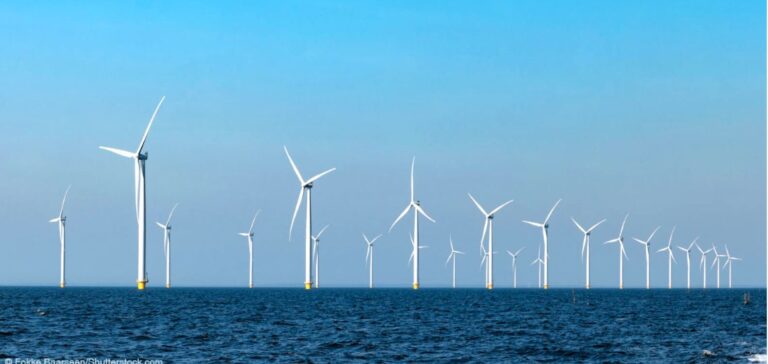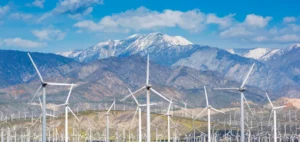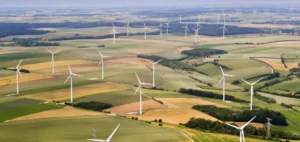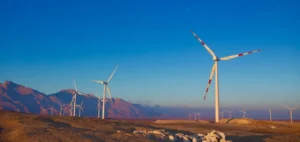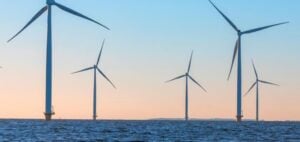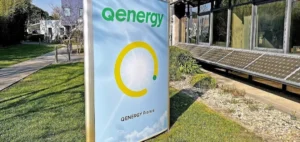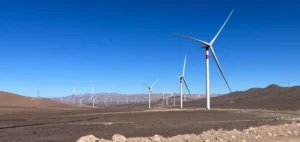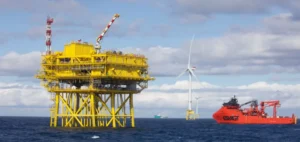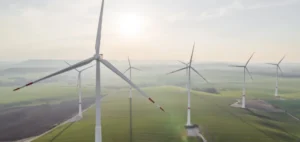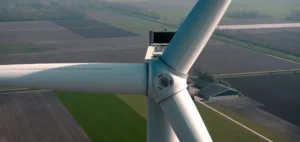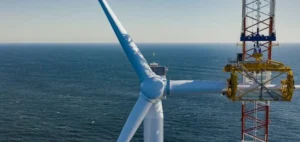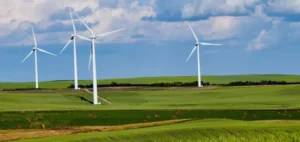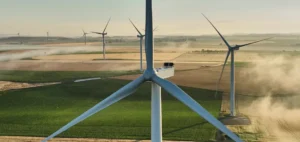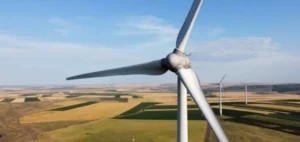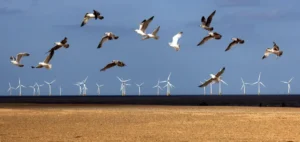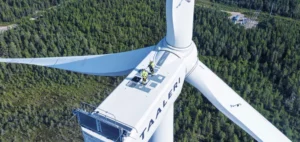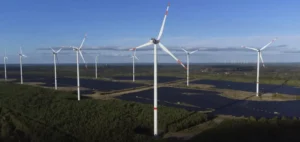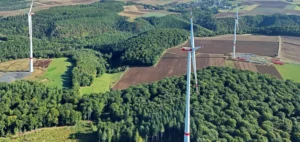Portugal is counting on offshore wind power as part of its energy transition. The country is raising the target for the first offshore wind auction to 10 GW.
Portugal accelerates its energy transition
Last June, Duarte Cordeiro, Minister of the Environment, intended to propose 6 to 8 GW. This capacity is double Portugal’s target for 2022. However, the country wants to move faster.
In fact, the energy crisis is pushing Portugal to massively deploy renewable energy. Indeed, the country fears an energy shortage.
Duarte Cordeiro, before a parliamentary commission, explains:
“We have urgency and we will accelerate everything renewable. We want to launch a big auction of offshore wind and our ambition now is to reach 10 GW of capacity.”
The details and list of sites are still being worked out.
Offshore wind energy is growing
Floating wind is often seen as the last frontier of the offshore wind industry. However, this technology is becoming more and more popular. Projects are being carried out in Great Britain, France and in certain regions of Southeast Asia.
In Portugal, a small project of some 25 MW has been developed. The WindFloat Atlantic project is located approximately 18 km from the city of Viana do Castelo. It includes 3 offshore wind turbines.
In addition to offshore wind power, Portugal can count on hydroelectricity and onshore wind power. The country has 7.3 GW of hydroelectric capacity and 5.6 GW of onshore wind capacity. Together, this represents 83% of the installed capacity.


